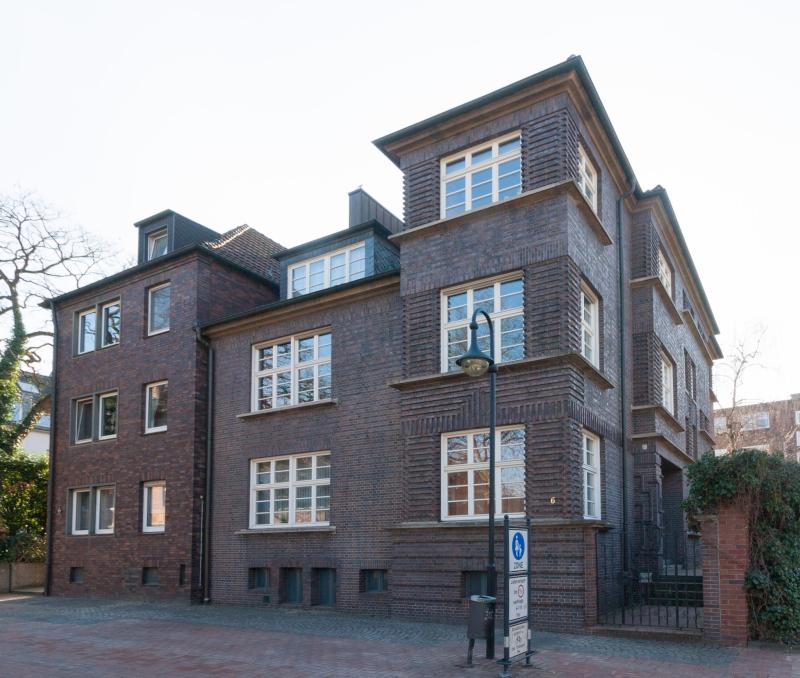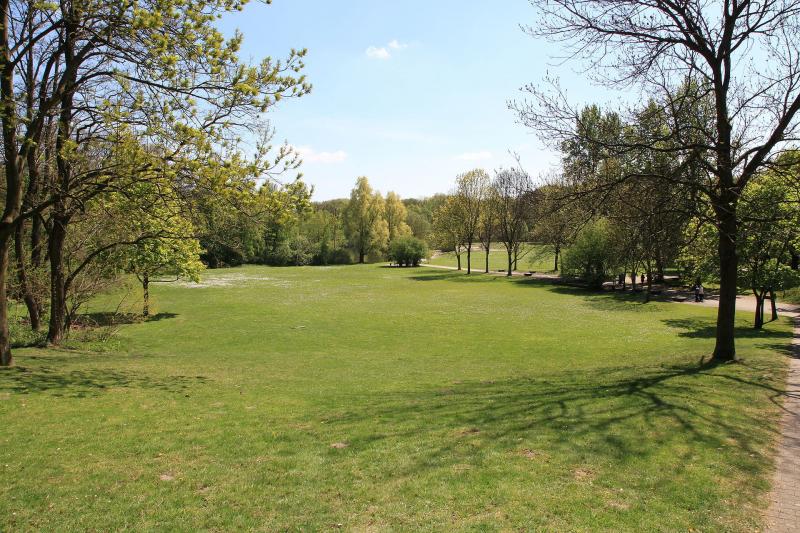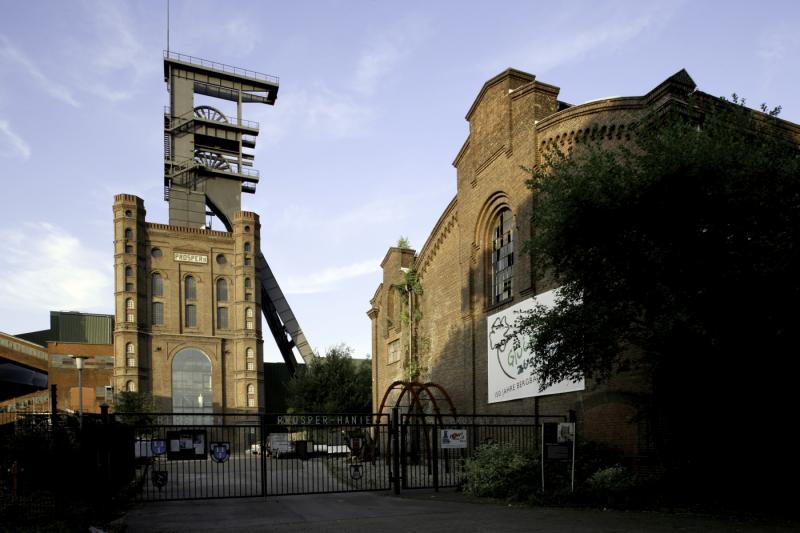Bogenstraße 40, 46236 Bottrop
Icon legend
![]() This icon indicates an awarded building
This icon indicates an awarded building
![]() This icon indicates a listed building
This icon indicates a listed building
![]() Projects with this logo are on the UNESCO World Cultural Heritage list
Projects with this logo are on the UNESCO World Cultural Heritage list
![]() Project has been converted, renovated or extended
Project has been converted, renovated or extended
x close
![]()
![]()
1901-1903
Advanced search with more criteria
Total projects: 483

46236 Bottrop
Distance: 0.99 km

46117 Oberhausen
Distance: 2.06 km

46238 Bottrop
Distance: 2.29 km
Many of the successful businessmen in the Ruhr area built villas that amounted to “industrial castles” while at the same time illustrating the direct connection between industrial development and housing. One example particularly worth consideration is the Villa Dickmann. It was built between 1901 and 1903 on a commission from the Dickmann family, who had become wealthy in Bottrop particularly from the mining of moulding sand1. With an eclectic2 design typical of the Wilhelminian era, the industrial castle was situated away from industrial areas but close to the sand pits at the edge of the centre of Bottrop, then still a provincial town. Later the entire site was converted into a large park and enclosed by a wall made of blast-furnace slag. The garages in the park were built in 1925. The villa and park are now in the middle of Bottrop.
In 1976 the city of Bottrop bought the 54,000 m² site containing the park and villa. After thorough renovations, the first tenant was a teachers’ training college, which was followed by the Bottrop parks department.
In 2004 the villa was sold to a Bottrop architect and subsequently converted. In addition to housing the architect’s firm, the first floor and parts of the ground floor are now again used as a residence. This combination of office and residential space makes it possible to run this large villa economically, and thanks to the extensive preservation of its initial interior design, including stucco ceilings and parquet floors, the building has retained its original flair.
Author: Route der Wohnkultur
Last changed on 24.03.2010
Categories:
Architecture » Residential buildings » Mansion/villa